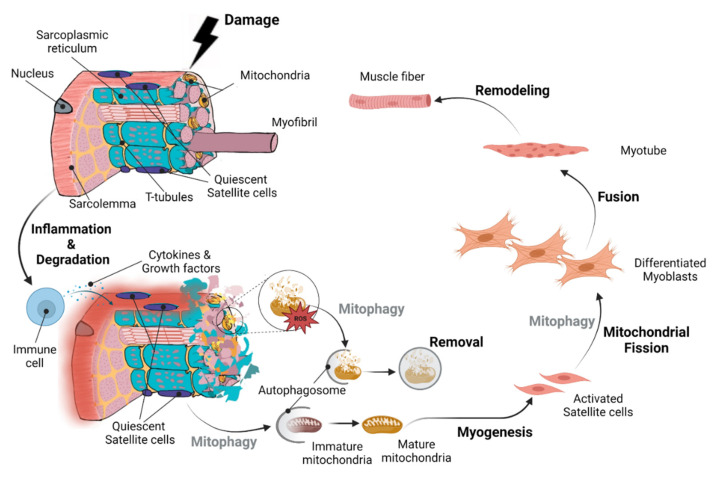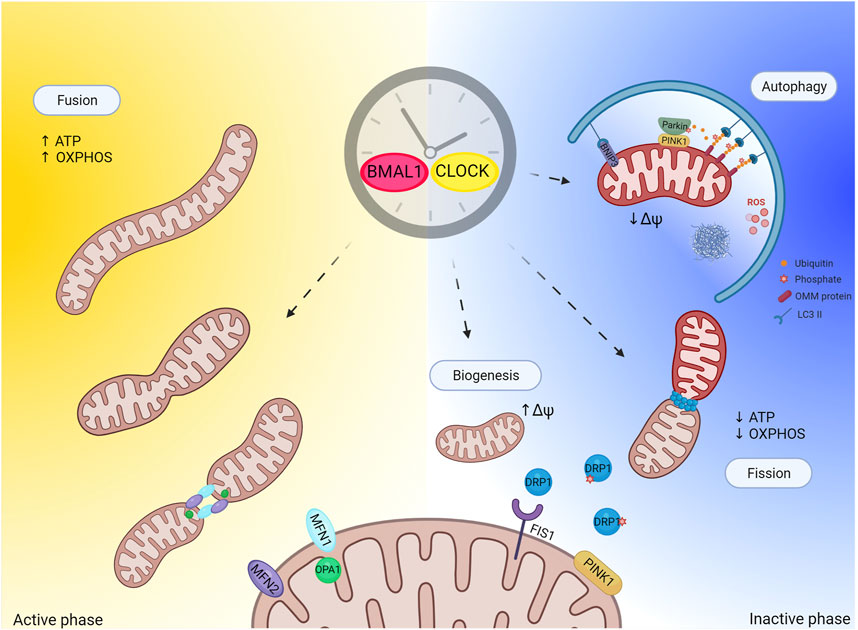Of all the subjects, discussions and evolving approaches to training, performance and adaptation, Recovery is the most developing, evolving and changing faces of modern training approaches in the last 15 years. I mean its only in the last 10 have we started to understand the profound benefits of sleep and sleep efficiency during training blocks and how it enhances mitochondrial efficiency and and aerobic performance. the timeline is even less when technology stepped in and sleep tracking was available to the masses outside of a lab.
What this article is…
At the time of writing this article will represent and cover the enablement and implementation to the bodies natural recovery regimen that will align with your training protocols and timelines.
What this article is not….
Wont be covering or giving stimulants or homeopathic remedies any airtime at all. Its not that I’m saying they aren’t effective, but from a scientific perspective, the human body has built in and very evolved recovery protocols that anyone can tap into, access and utilize. So this article isn’t about to recommend you go to your local Holland and Barrett, or Boots chemist.
What is Recovery…
Now at first, this sounds like an obvious question to the point of putting your head in your hands and switching off but, bear with me. Its more complex and layered than you think. So the three main aspects encapsulating Recovery are:
Food and Nutrition – The aspect of taking on and fasting from food during your active daily life
Active Recovery – The process of basic daily movement, social walking, practicing relaxation techniques and sessions, etc.
Sleep – The process of sleeping and your sleep-wake cycle.
So the above covers the basic overview. So now here’s where it gets complicated and interesting. Below the surface of the basics described above, there is one metabolic process that is equally as important as the intake of Oxygen for humans, and that is Mitochondrial Biogenesis. so what is it..
Essentially the exact classification and explanation is this.
de novo mitochondria formation, results in enhanced cellular respiration, metabolic processes, and ATP generation, while autophagic clearance of mitochondria (mitophagy) is required to remove damaged or useless mitochondria.
PMID 36899852
This is what Recovery looks like on a cellular level.

What this essentially means is (in a non complex answer) Skeletal muscular tissue recovery on/at a cellular level during rest and sleep, and this is the very definition of Recovery, which encompasses Food and Nutrition, Active Recovery and Sleep and Rest. so for the purposes of this article lets deconstruct. I’ll throw an example in here. Say you are in the middle of a 12 week training plan which includes 3 hours of Gym work, in addition to 4 hours per week at endurance, and a single VO2max session which is total time 1 hour, and you have a full time job with a family and you are able to meet the time demands of this training plan, and you have no requirement to lose weight. so lets go back to the three main cornerstones of recovery.
Food and Nutrition – So given the demands of your lifestyle and exercise regiment, you have calculated your BMR (Basal Metabolic Rate) to be 3155 Calories, of which is to be split at 50% Carbohydrates (including 20% of fibre based carbs), 25% fats, and 25% Protein. Your TDEE (Total Daily Energy Expenditure) is closely within 10% of your BMR, and you hit your BMR easily and Macros. So this provides the adequate Fuel for Adenosine triphosphate synthesis (ATP for short) which is, your fuel to power mitochondrial biogenesis.
Active Recovery – Now while athletes will often refer this to Zone 2 or base riding, or offseason work, lets refer to it as its clinical name which is Exercise-induced mitophagy. which looks like this at a cellular level.

In this instance, were not going to talk much about active recover on the bike as it is already part of the athletes training plan. However if you do want to find out more on the subject of your aerobic base, there is a simple to follow article here. A Comprehensive Guide to the Aerobic Base. What I do actively recommend is the simple practice of walking outdoors. Now while there is no specific benefits to performance for walking as part of a performance training plan, there are more than enough links to the mental aspects and its positive affects of walking which I would feel is an essential aspect of decompression while undergoing the aggressors and stresses of a training plan.
Sleep and the Sleep-Wake Cycle – Now this is the most significant aspect of Recovery, but not less equal to Nutrition and active recovery. Going back to studies and scientific arenas in the last 10 years the most significant aspect of recover is the BMAL1 gene. (Basic Helix-Lip-Helix ARNT Like 1). in simpler terms its a protein coding gene that when functioning properly is the base of your circadian rhythm. Take a look at this image below.

To simplify things. The basis of recovery and the foundation of cellular caretaking and clean-up (Mitophagy) is in sleep and your sleep-wake cycle and, as an athlete this is where the performance enhancements are made in your performance.
A Further Word about Sleep…
Lets just get straight to the Elephant in the room. Concurrent, consistent, high quality sleep is tough. In a world of 24/7 up time in the world and the immediacy of information, kids, family, work, pets, just life in general often gets in the way without effort or asking, and given that a lot of scientific studies say you need a good 7-9 hours of Quality deep/REM its often a lofty target that few of us are compliant towards. so what can you do to enhance and work towards this magical number, well its all about the marginal gains here so lets take a look at a few.
- Look at your environment where you sleep and reduce ambient interruption?
- Pets, do they interfere and jump around on your bed at night?
- Is the temp too hot in the bedroom, could you make this cooler?
- Is your wake to sleep transition poor?
- Total time at rest and sleep not enough?
- Is sleep your main focus when in bed? (and I don’t mean the birds and the bees here)
- Is your bed uncomfortable and/or pillows?
- Is your partner a restless sleeper?
Unless you are simply NOT sleeping at all and an insomniac, or some massive life changing event has occurred to interrupt your time at rest, then there isn’t a single large fundamental change that you make to improve sleep, its done through small changes and monitoring the effect of that change, then progressing. Often this is a frustrating and prolonged process, but can be rewarding and very much a learning process for a better circadian clock.
Thanks for reading.
References
PMID 36978924 – Richardson, Mailloux
PMID 36899852 – Chatzinikita, Maridaki, Palikaras, Koutsilieris, Philippou.
PMID 28985504 – Ran Lin, Yan Mo, Kaihone Zha, Zhipeng Qu, Pancheng Xie, Zheng-Jiang Zhu, Ying Xu,Yue Xiong, Kun-Liang Guan
Mitochondrial autophagy in the sleeping brain – Mauri, Favaro, Bernardo, Mazzotta, Ziviani